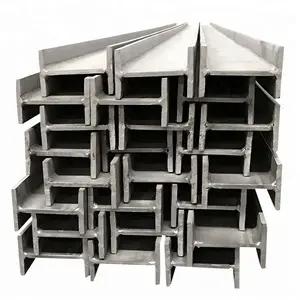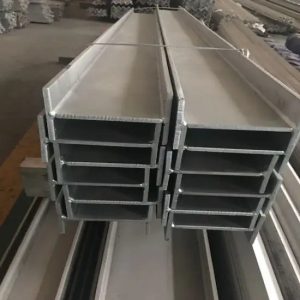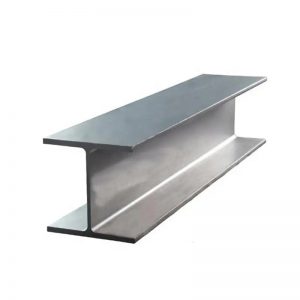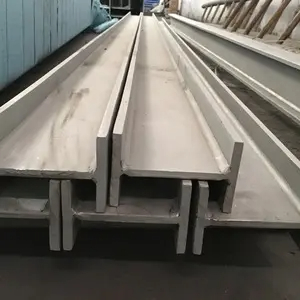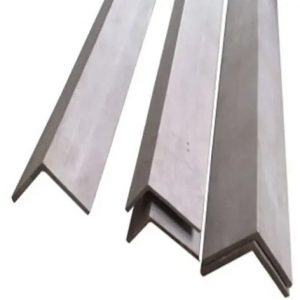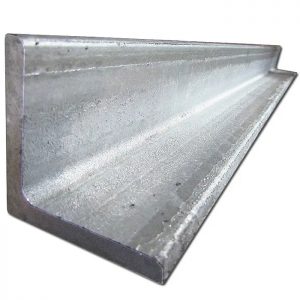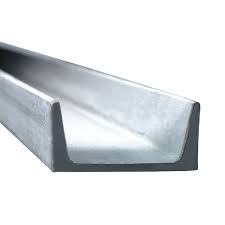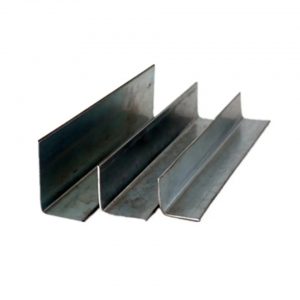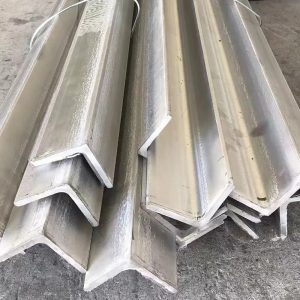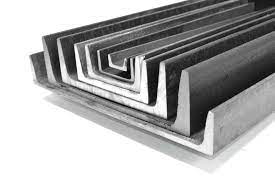201 Stainless Steel Angle/Section
201 stainless steel angle is a lower-cost alternative to traditional chromium-nickel austenitic stainless steels such as 304. Enriched with a higher manganese and nitrogen content, it offers moderate corrosion resistance and higher yield strength. However, it’s less resistant to corrosion compared to 300 series alloys and can be prone to pitting in chloride environments. It’s commonly used in applications requiring moderate corrosion resistance and lower costs, such as in decorative, architectural, and light structural applications. Its good formability also makes it suitable for various manufacturing processes. 201 stainless steel angle is often selected for budget-conscious projects where aesthetics and moderate durability are key considerations.

